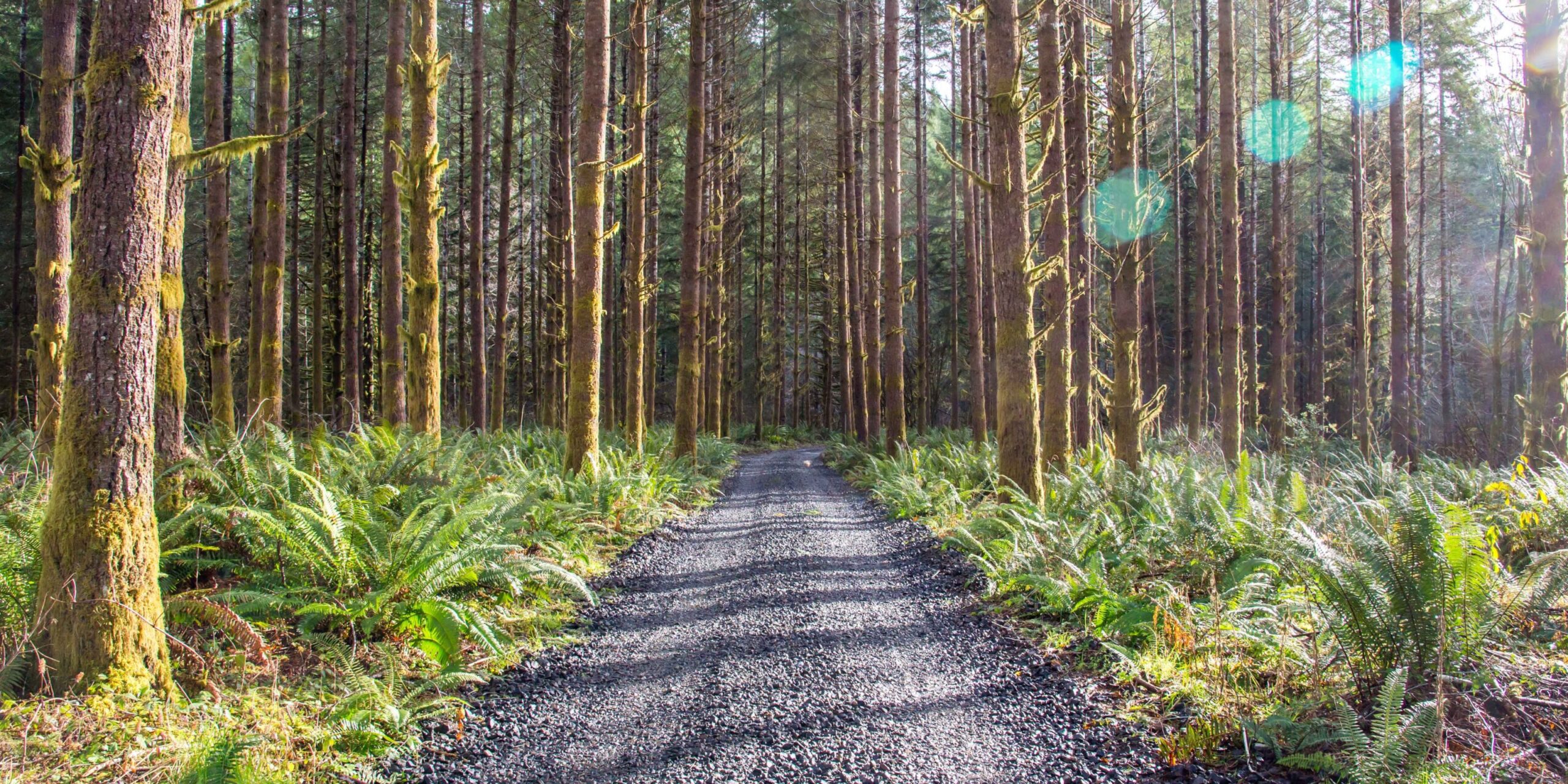
Work. Play. Renew.
How Are Forests Restored After a Wildfire?
Wildfires can quickly devastate a forest, but nature has the incredible ability to recover from even the most extensive damage. Animals, plant life and the natural ecosystem can often quickly establish themselves in an area that has been subjected to fire damage. Sometimes, however, a little help is needed. That’s why campaigns such as Oregon Forests Forever seek to highlight how professional foresters aid in the post-fire restoration of forests.
In this article, we’ll discuss how forests are restored after a wildfire and what steps can be taken to prevent worse damage from taking place in the future.
Removing the Burned Trees
After a wildfire, the surrounding area is typically filled with burned, blackened and charred trees. It is important to note that just because a tree has been burned, does not necessarily mean it is dead. Resilient trees can survive fire damage. However, if a tree is both burned and dead, it should be removed because it could serve as a fuel source for future fires and could pose a danger to forestry workers or future firefighters. If a tree is removed quickly—before bugs start to attack the wood—it can still be milled into useful wood products.
Controlling Invasive Species
Non-native species, or ones that are otherwise considered pests, may see the damage as an opportunity to move in and take control. Dead and decaying trees are a tempting target for fungi, beetles, termites and other harmful insects. These species actually do serve an important purpose in nature, helping to decay dead plant life in order to return the nutrients to the earth; however, in an area that is overly full of dead plants, these species may multiply out of control and eventually spread to nearby healthy plants.
The same is true for invasive plant species, which Oregon has its fair share of. Soil that has been subjected to a recent burn may become overrun with weeds, which will then choke out new saplings that are trying to take hold to reestablish a new forest.
As part of post-fire restoration, forestry workers may need to remove weeds and cut away areas that have become breeding grounds for fungi and harmful insect species.
Revegetation
Depending on the severity of the burn, it can take decades for a forest to reestablish itself naturally. In severe situations where a fire burned extremely hot, soils may not be able to support new vegetative growth. Foresters can help jump-start the restoration process by replanting healthy new tree seedlings grown in seedling nurseries.
Once seedlings are introduced, they need to be actively cared for during the first few years until they are large enough to survive on their own. This may mean constructing barriers to protect the seedlings from hungry deer and other animals, monitoring for plant health and replanting in the event the seedlings don’t survive.
Preventing Future Wildfires
Wildfires are an important part of the lifecycle of a forest. Fires can help clear away dead vegetation and infuse the soil with critical nutrients. However, fires can also easily spread out of control, especially without proper forest management.
Campaigns like Oregon Forests Forever seek to elevate sound forest management practices, which are a key part of wildfire prevention and control. Using proven practices like logging, thinning and controlled burns remove potential fuel sources for a dangerous wildfire.
Humans must also do our part to help prevent dangerous wildfires from spreading. When visiting one of Oregon’s beautiful forests to camp, never leave a campfire unattended. Make sure campfires are thoroughly extinguished with plenty of water before leaving the area or going to sleep. Also, avoid smoking, fireworks and other hazards, especially during drought conditions.
Wildfires can be devastating to an environment, but forestry experts and Oregonians can work together for forest restoration, keeping our trees thriving for future generations.
[/et_pb_text][et_pb_code _builder_version=”4.19.2″ _module_preset=”default” hover_enabled=”0″ sticky_enabled=”0″][/et_pb_code][/et_pb_column][/et_pb_row][/et_pb_section]